Early on Saturday morning, 13 December 2008, the seminarians of the Priestly Society of St. Peter, along with our five Student confreres and two Carmelite Monks, all of whom are studying at Our Lady of Guadalupe Seminary, Denton, Nebraska, sang a Rorate Mass.
The Rorate Mass is sung in candlelight only.
The church looks splendid for the offering of the holy Sacrifice.
The name, Rorate Mass is taken from the first word of
the Introit:
Rorate caeli desuper, et nubes pluant Justum -
Drop down Dew, ye heavens from above,
and let the clouds rain down the Just One...
aperiatur terra, et germinet Salvatorem -
let the earth be opened and bud forth a Saviour.
+
"The whole of the Mass for this day
is one deep sigh of the most heartfelt desire
for the Messiah who is to come.
Isaias is the great prophet of Advent,
hence the Church reads at this season
the finest passages from his writings,
so that the faithful, too,
may hasten by their prayers
the coming of the kingdom of Jesus Christ.
"The Introit
is from Isaias XLV:8,
in which the meek and peaceful character
of this first coming of the Word of God
(our Lord and God, and Saviour, Jesus Christ)
upon earth
is wonderfully expressed
in two brilliant figures of speech
- namely,
the heavens distilling refreshing dew upon Gideon's fleece,
and
the earth producing the little flower of the fields
upon the mystic stem of Jesse."
(The Liber Sacramentorum, Blessed Ildefonso Schuster, I, 331)

For the first time our blog offers you an audio link to hear one of the beautiful hymns sung during this Mass in which we also recognise the voices of our Students.
+
Click HERE to receive the audio link.
+
The words of the Latin hymn the Brothers are singing:
Flos de Radíce Jesse
Est natus hódie;
Quem nobis jam adésse,
Laetámur únice.
Flos ille Jesus est,
María virgo radix,
De qua flos ortus est.
Hunc Isaías florem
Praeságus cécinit;
Ad ejus nos amórem,
Nascéntes állicit.
Flos virgam súperat,
Caéli terraéque cives,
Flos Ille récreat.
Hic suo flos odóre
Fidélis áttrahit;
Divíno mox amóre,
Attráctos ímbuit.
O flos, O grátia!
Ad te, ad te suspíro:
De te me sátia.
+
An adapted English version:
Lo, how a Rose e'er blooming
From tender stem hath sprung!
Of Jese's lineage coming,
As men of old have sung.
It came a flow'ret bright,
Amid the cold of winter,
When half spent was the night.
Isaiah 'twas foretold it,
The Rose I have in mind,
With Mary we behold it,
The Virgin mother kind.
To show God's love aright,
She bore to men a Savior,
When half spent was the night.
This Flow'r, whose fragrance tender
With sweetness fills the air,
Dispels with glorious splendor
The darkness ev'rywhere.
True man yet very God;
From sin and death He saves us,
And lightens ev'ry load.
The Holy Mass was celebrated by Fr. Van Vliet.

 The Holy Gospel of Midnight Mass is sung.
The Holy Gospel of Midnight Mass is sung. The Stronsay Christmas crib
The Stronsay Christmas crib High Mass of the Day
High Mass of the Day Et Verbum caro factum est.
Et Verbum caro factum est. Venite, adoremus,
Venite, adoremus, God of God,
God of God, Flos de radice Jesse
Flos de radice Jesse New Year's Eve
New Year's Eve














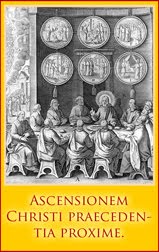
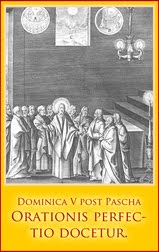

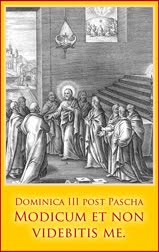

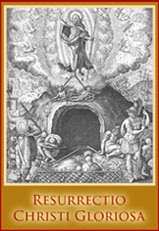
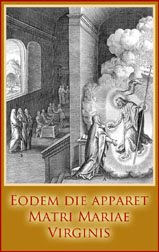
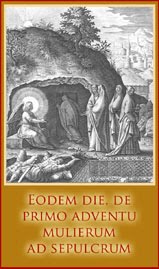
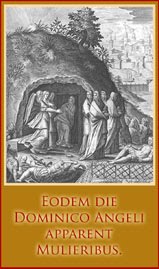
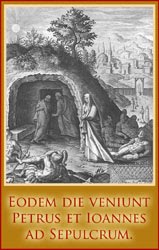
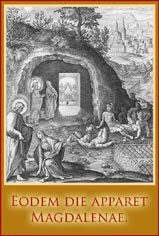



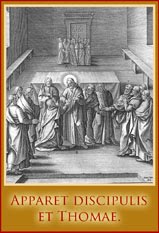

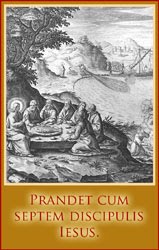













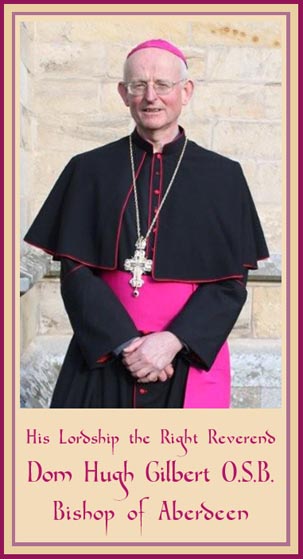








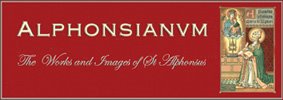




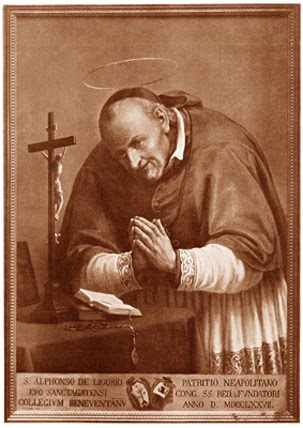






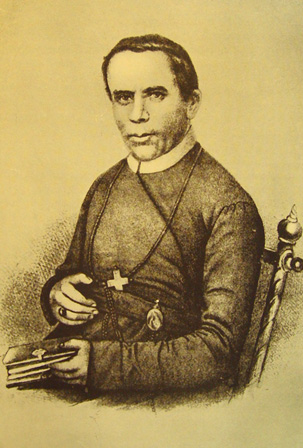












.jpeg)










